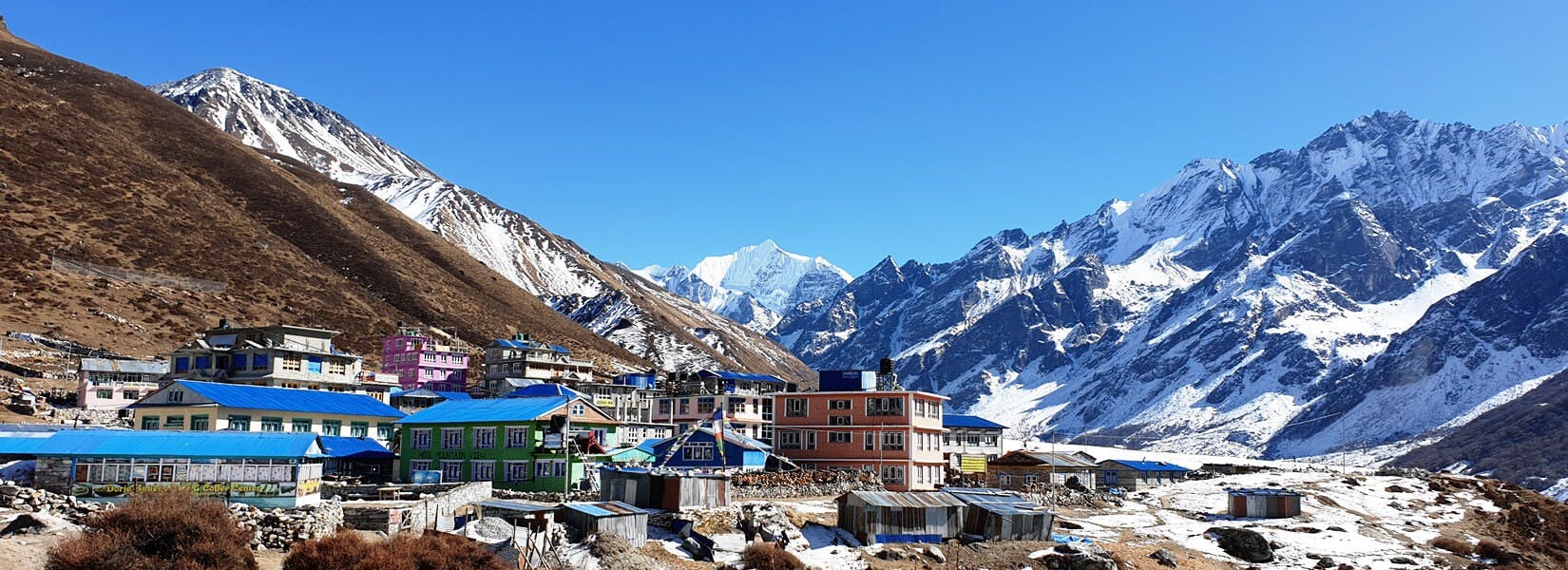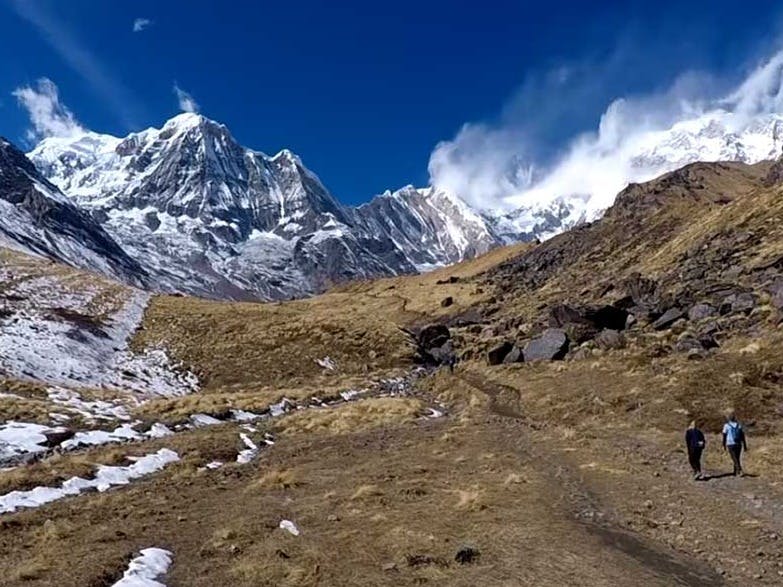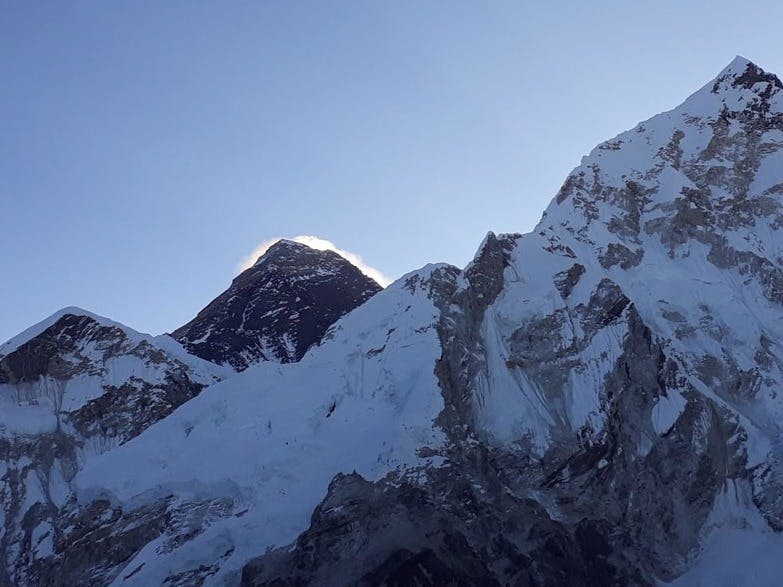- How many hours do I need to walk per day?
- Do I need a trekking permit to go on Langtang Gosaikunda trek?
- What can I expect if I take Langtang Gosaikunda trek?
- What sort of luggage should I carry?
- Do I need to carry my stuff by myself?
- Is there any risk of altitude sickness?
- This route was affected by the 2015 earthquake so is it safe to take it?
- What will I eat during the trek?
- Where will I stay during Langtang Gosaikunda trek?
- Do I need prior experience to take this trek?
- Can I travel alone or do I need a guide?
- What is the difficulty level of Langtang Gosaikunda trek?
How many hours do I need to walk per day?
-5.jpg)
The Langtang Gosainkunda Trek is a thrilling one and it takes place on the high hills and Himalayas. You need to walk on barren and steep trails. On average, you need to walk at least 5 hours a day. This can increase if the weather conditions become unfavorable.
Do I need a trekking permit to go on Langtang Gosaikunda trek?
While taking this trek, you need to have permits. These include a TIMS card, whose cost depends on whether you are trekking alone or in a group. You can get it from either Kathmandu or Pokhara. Another permit that you’ll require is the Langtang National Park entry permit. You can get it either at Kathmandu or at the entry point in Dhunche. If you start this trek from the Shivapuri national park, then you must possess a Shivapuri national park entry permit as well. If you don’t have permits, then you’ll face complications and you can be punished by the law.
What can I expect if I take Langtang Gosaikunda trek?
This trek takes you through the beautiful Langtang region and into the Helambu valley. On the trail, you can see delightful views of Langtang Lirung mountain range, Gaurishankar Himal, Dorje Lakpa. Along the way, you will see settlements of Tamang people. There aren’t many hotels here that preserve its authenticity. The Gosainkunda lake along with other small lakes like Saraswati Kund and Bhairav Kunda are the major highlights of this trek. There, you will see the prevalent culture and traditions plus there is a religious meal as well.
What sort of luggage should I carry?
-4.jpg)
While trekking in the Langtang region you need to carry warm clothing, a rainproof and dustproof jacket, strong trekking boots, sunglasses, and sunscreen. You also need to carry warm trousers and a sleeping bag unless the company provides it to you.
Do I need to carry my stuff by myself?
You do not need to bear the burden of carrying your luggage by yourself during the trek as there are porters available. The porters will be arranged by the company but you do need to give them occasional tips.
Is there any risk of altitude sickness?
The trail sees an increase in altitude by at least 300 meters daily. The maximum height reached in this trek is 4000 meters. So, there is a high risk of altitude sickness. Symptoms include nausea, vomiting, and sickness. If you feel sick, then we advise you to take a rest and continue slowly.
This route was affected by the 2015 earthquake so is it safe to take it?
After the earthquake, numerous maintenance and construction works have been carried out on the trails. Also, the houses and buildings have undergone numerous renovations. So, yes it is completely safe to take this trek.
What will I eat during the trek?
-4.jpg)
The common Nepali staple comprises of dal bhat. However, in these high parts, you won’t find that also. Instead, people eat dhido and vegetables. In some lodges, you can find fancy food like momo and chowmin.
Where will I stay during Langtang Gosaikunda trek?
-4.jpg)
During this trek, you will reside in the teahouses. A teahouse is a small lodge type accommodation which is run by the locals. It is comparatively cheaper than a lodge. The rooms are simple, clean, and have a shower.
Do I need prior experience to take this trek?
Some parts of the trek are tricky and require professional guidance. However, not all parts of the trek are tricky. If you train properly at least a month prior, then you can easily do this trek.
Can I travel alone or do I need a guide?
-2.jpg)
There are options for taking this trek either alone or with a guide. If you are a veteran trekker with years of experience, then you can travel alone but if you are a fledgling, then we do not advise you to travel alone. As there are no settlements in some parts you may get lost. If you do not speak the common tongue then you can’t interact with the locals as well. You will find trouble getting accommodation too.
What is the difficulty level of Langtang Gosaikunda trek?
-2.jpg)
This trek spans for a total of 16 days but after adjusting the contingent scenarios, it lasts for at least 17 days. The road you must walk is slippery and prone to landslides. There aren’t any medical facilities available here so you need to tread carefully. Considering these facts, this trek has a difficulty level of moderate.






